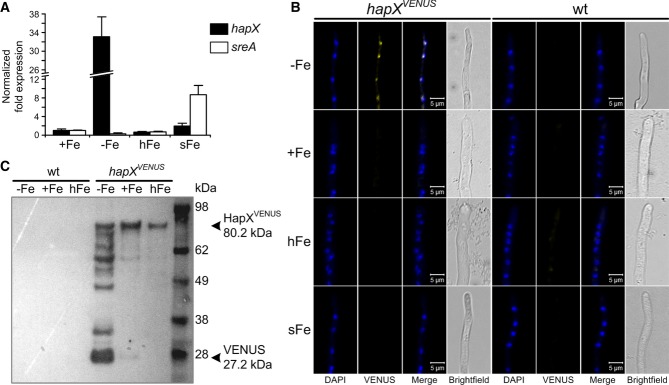Figure 3. HapX production decreases during ambient and high-iron availability.

- qRT-PCR revealing iron-dependent sreA and hapX transcript abundance. Transcript levels of hapX and sreA were determined during iron starvation (−Fe), iron sufficiency (+Fe, 0.03 mM), iron excess (hFe, 3 mM) and after a 1-h shift from iron starvation to iron sufficiency (sFe) and normalized to that of γ-actin (AFUA_6G04740) using the
 method. Data represent the mean ± SD of two biological and three PCR technical replicates and are presented relative to the transcript levels during iron sufficiency. All differences found are statistically significant with exception of the hapX transcript level during iron sufficiency compared to high-iron conditions (two-tailed, unpaired t-test; P < 0.05).
method. Data represent the mean ± SD of two biological and three PCR technical replicates and are presented relative to the transcript levels during iron sufficiency. All differences found are statistically significant with exception of the hapX transcript level during iron sufficiency compared to high-iron conditions (two-tailed, unpaired t-test; P < 0.05). - In epifluorescence microscopy, HapXVENUS is detectable in the nuclei only during iron starvation. 104 spores of the respective strain were grown in 24-well plates in liquid media at 37°C for 18 h. DAPI was used for staining of nuclei.
- Western blot analysis after GFP-trap enrichment revealing significantly increased HapXVENUS production during iron starvation. The molecular mass of HapXVENUS is 80.2 kDa (27.2 kDa Venus + 53 kDa HapX).
Data information: Strains are derivatives of A. fumigatus AfS77.
